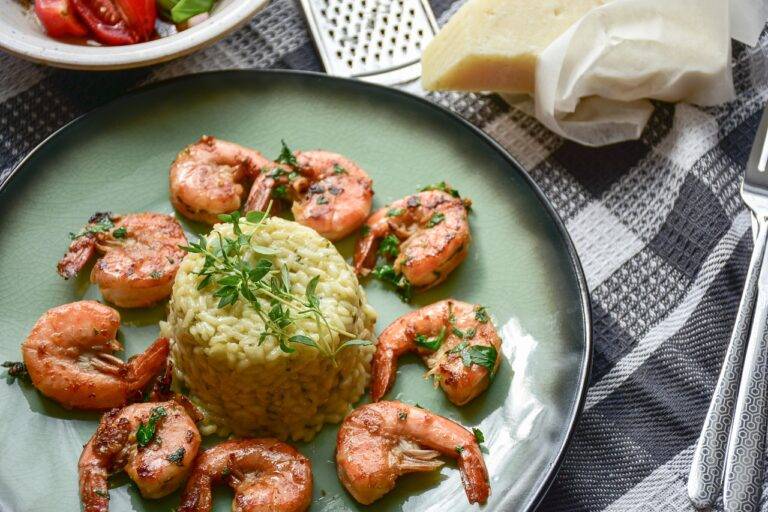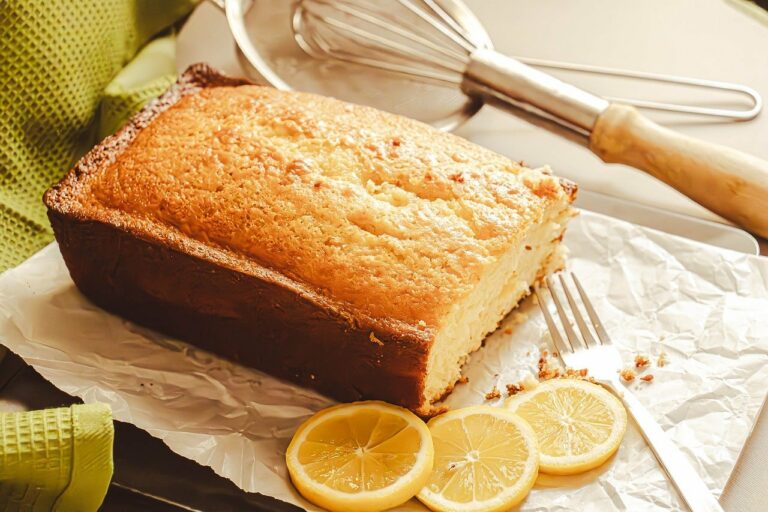The Art of Pairing Wines with Delicatessen Meats and Cheeses
betbook250.com, 11xplay, yolo 247:Pairing wines with delicatessen meats and cheeses is a true art form that can elevate your dining experience to a whole new level. Whether you are hosting a dinner party or simply enjoying a quiet evening at home, knowing how to pair wines with the right meats and cheeses can enhance the flavors and create a harmonious balance on your palate.
When it comes to choosing wines to accompany delicatessen meats and cheeses, there are a few key factors to consider. The acidity, tannins, and flavors of the wine should complement, rather than overpower, the flavors of the meats and cheeses. Its also essential to consider the texture and intensity of the meats and cheeses when selecting a wine pairing.
In this article, we will explore the art of pairing wines with delicatessen meats and cheeses, providing you with tips and guidelines to help you create the perfect pairing every time.
Understanding the Basics of Wine Pairing
Before we delve into the specific pairings of wines with delicatessen meats and cheeses, lets first understand the basics of wine pairing. There are a few fundamental principles to keep in mind when selecting the right wine to accompany your dish:
1. Balance: The wine should balance the flavors of the food, rather than overpowering it. A well-balanced wine pairing will enhance the overall dining experience.
2. Acidity: Acidity in wine can help cut through the richness of meats and cheeses, cleansing the palate and preparing it for the next bite.
3. Tannins: Tannic wines are best paired with rich, fatty meats as the tannins help to cut through the fat and cleanse the palate.
4. Flavor intensity: Ensure that the wines flavor intensity matches that of the dish. A light-bodied wine may be overshadowed by a robust meat, while a full-bodied wine could overpower a delicate cheese.
By keeping these principles in mind, you can create a harmonious pairing that will enhance the flavors of both the wine and the food.
Pairing Wines with Delicatessen Meats
When it comes to pairing wines with delicatessen meats, its essential to consider the texture, intensity, and flavors of the meat. Here are some classic pairings to get you started:
1. Prosciutto: This delicate, salty Italian cured meat pairs beautifully with a light-bodied, acidic white wine such as Pinot Grigio or Sauvignon Blanc. The acidity in these wines helps to balance the saltiness of the prosciutto.
2. Salami: The rich, spicy flavors of salami are complemented by a medium-bodied red wine such as Chianti or Syrah. The tannins in these wines help to cut through the fat of the salami, creating a well-rounded pairing.
3. Pastrami: This bold, smoky deli meat pairs well with a medium to full-bodied red wine such as Cabernet Sauvignon or Merlot. The robust flavors of the wine can stand up to the intense flavor of pastrami.
4. Corned Beef: The slightly salty, savory flavor of corned beef is best paired with a light-bodied red wine such as Pinot Noir or Gamay. These wines have enough acidity to complement the saltiness of the corned beef without overpowering it.
5. Bresaola: This lean, air-dried beef pairs beautifully with a light-bodied, fruity red wine such as Beaujolais or Grenache. The bright fruit flavors in these wines enhance the delicate flavors of the bresaola.
Pairing Wines with Delicatessen Cheeses
When it comes to pairing wines with delicatessen cheeses, its important to consider the intensity, texture, and flavors of the cheese. Here are some classic pairings to help you create the perfect match:
1. Brie: This soft, creamy cheese pairs well with a light-bodied, fruity white wine such as Chardonnay or Riesling. The fruity notes in these wines complement the mild, buttery flavor of Brie.
2. Gouda: The nutty, caramelized flavors of Gouda are best paired with a medium-bodied red wine such as Merlot or Zinfandel. The bold flavors of these wines can stand up to the richness of Gouda.
3. Blue cheese: The intense, pungent flavors of blue cheese are complemented by a sweet, fortified wine such as Port or Sauternes. The sweetness of these wines helps to balance out the strong flavors of the blue cheese.
4. Parmesan: The nutty, salty flavor of Parmesan cheese is best paired with a full-bodied red wine such as Cabernet Sauvignon or Malbec. The robust flavors of these wines can stand up to the intense flavor of Parmesan.
5. Cheddar: The sharp, tangy flavors of Cheddar cheese are complemented by a medium-bodied white wine such as Chardonnay or Chenin Blanc. The acidity in these wines helps to cut through the richness of the Cheddar.
Creating the Perfect Pairing
When it comes to creating the perfect wine pairing with delicatessen meats and cheeses, experimentation is key. Dont be afraid to try different combinations to see what works best for your palate. Keep in mind the basic principles of wine pairing, such as balance, acidity, tannins, and flavor intensity, and trust your taste buds to guide you to the perfect pairing.
Remember that wine pairing is a personal experience, and what works for one person may not work for another. The most important thing is to enjoy the process of discovering new flavors and combinations and to have fun exploring the world of wines and cheeses.
FAQs
Q: Can I pair red wine with all types of meats and cheeses?
A: While red wine can be a versatile option for pairing with meats and cheeses, it may not always be the best choice for certain delicate or white meats and cheeses. Be sure to consider the flavors and textures of the food you are pairing when selecting a wine.
Q: How do I know which wine to choose when pairing with meats and cheeses?
A: Its always best to start with the basic principles of wine pairing, such as balance, acidity, tannins, and flavor intensity. Consider the flavors, textures, and intensity of the meats and cheeses you are pairing and choose a wine that complements these characteristics.
Q: Are there any hard and fast rules for wine pairing with delicatessen meats and cheeses?
A: While there are some general guidelines to follow when pairing wines with meats and cheeses, the most important thing is to trust your own palate. Experiment with different combinations to see what works best for you and dont be afraid to try new and unexpected pairings.
In conclusion, pairing wines with delicatessen meats and cheeses can be a rewarding experience that enhances your dining enjoyment. By considering the flavors, textures, and intensity of the meats and cheeses, as well as the basic principles of wine pairing, you can create harmonious and delicious combinations that will delight your taste buds. So go ahead, pour yourself a glass of wine, and start exploring the art of pairing wines with delicatessen meats and cheeses. Cheers!







